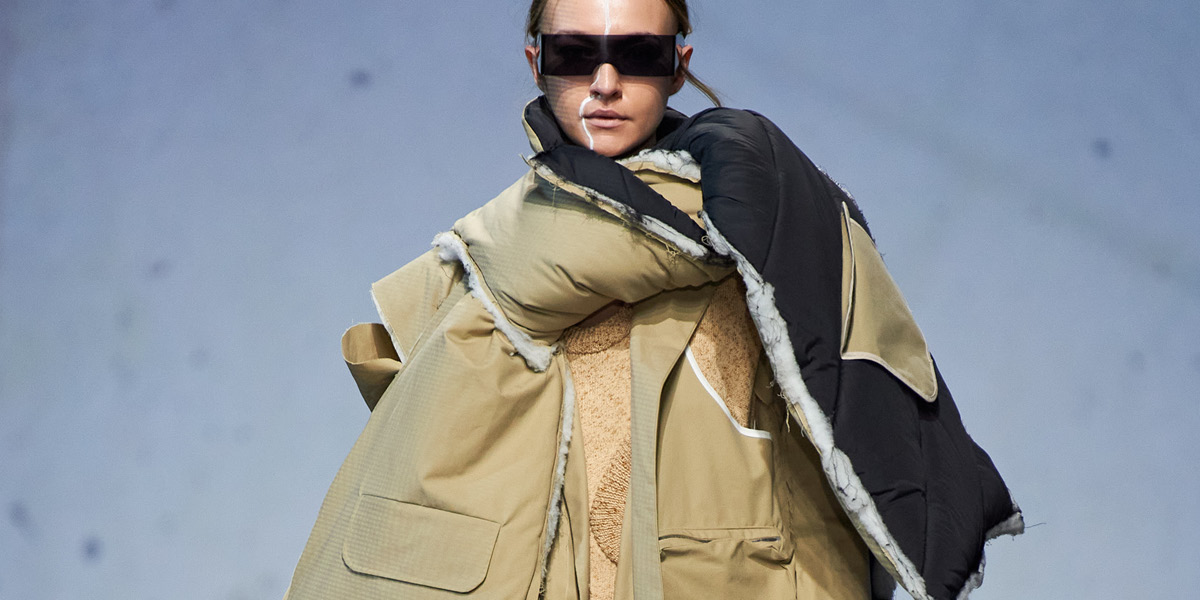-
How to become a
Stylist

Who is the Stylist?
Stylists are fashion professionals in charge of creating a narrative, an imagery, a contemporary vision of the product which is being communicated.
With a strong visual and artistic sensibility, they are aware of fashion as a contemporary language, and of the body as a means of expression and experimentation.
Stylists propose aesthetic solutions that are best suited to a specific use (magazine, social, corporate, celebrity, e-commerce and many others). Influenced by the different fields of art and industrial design, this figure possesses great artistic and creative skills with a strong cultural background for the development of meaningful imagery.
Crucial to this profession is an ongoing ability to reinvent oneself, using products in new ways, that not only consider physical spaces, but also take into account future augmented and/or non-physical realities (Metaverse).
What does a Stylist do?
Stylists are responsible for developing a visual communication project to manage the exposure of a given product. They construct an image, taking into consideration countless aspects.
Drawing on a wide cultural background, ranging from visual to applied arts, stylists are able to offer visual outputs that embrace the client’s identity, the market, trends and end users.
Starting from an initial brief, stylists propose a first project concept, expressed through the creation of a mood board, then move on to the selection of products to be communicated, colours, settings and the choice of technical means which can best express his final work.
Stylists can work in different ways: depending on who the customer is, they can work for printed magazines, digital magazines, social, celebrity, fashion shows, e-commerce platforms and many others.
What skills should a Stylist have?
- Visual representation skills
- Ability to express and give voice to different images
- Ability to work in a team
- Knowledge of the fashion system and its culture
- Awareness of body, identity, gender, decolonisation and sustainability issues
- Interdisciplinarity between the various fields of design and the arts
- Research and development ability
- Connecting experimentation with market demands
How to become a Stylist?
You can become a stylist through a university degree or first-level academic diploma.
As the fashion system is constantly changing and evolving, more and more specialised skills are in demand, which can be obtained through a Master or Master's degree courses.
.png)
- Fashion Design, Fashion Styling and Communication specialisation (Bachelor of Arts)